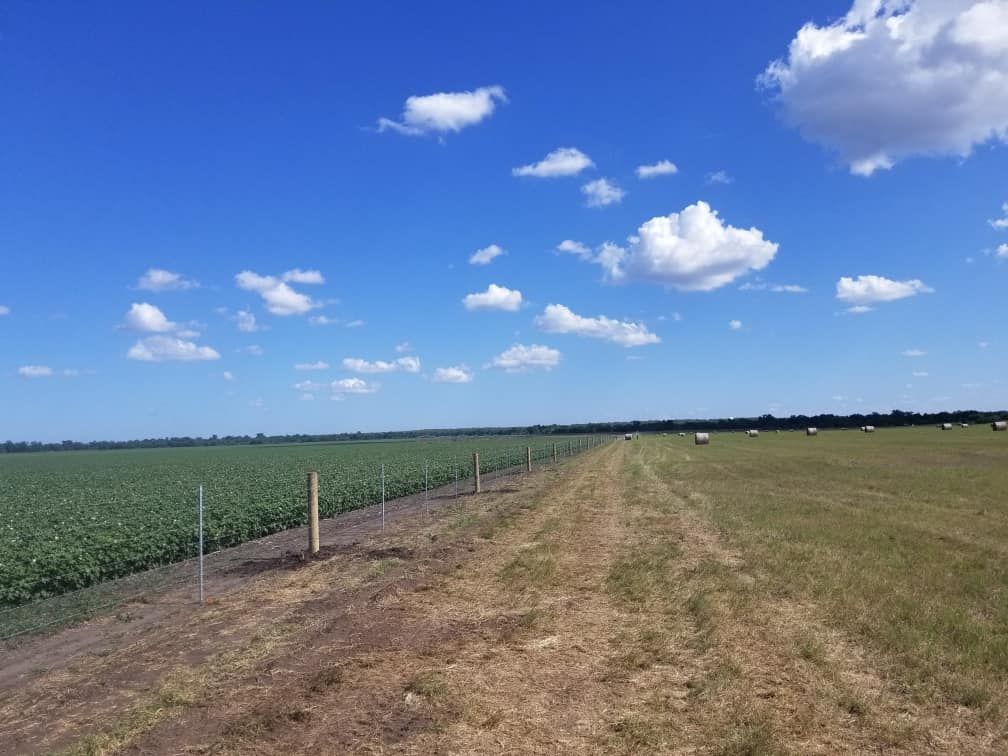LAND DEVELOPMENT IN TEXAS
Contact Us
We will get back to you as soon as possible.
Please try again later.

Land development is a multifaceted process that transforms raw land into developed properties for residential, commercial, industrial, or recreational use. Before any physical work begins, developers conduct a feasibility study to assess the viability of the project. Factors such as market demand, zoning regulations, environmental impact, infrastructure availability, and financial feasibility are evaluated.
Once feasibility is established, developers acquire the land through purchase or lease agreements. The location, size, topography, and surrounding infrastructure play crucial roles in determining the suitability of the land for development. Developers must comply with local zoning regulations and obtain necessary permits for the proposed development. This involves submitting detailed plans to authorities.
With zoning approvals in hand, developers engage architects, engineers, and planners to design the site layout. This phase considers factors like building placement, road networks, utility connections, drainage systems, landscaping, and amenities to optimize land use and functionality. Environmental impact assessments are conducted to identify and mitigate potential ecological, geological, and cultural impacts of the development.
Infrastructure such as roads, sidewalks, water supply, sewage systems, and electrical utilities are installed to support the new development. Once the infrastructure is in place, construction of buildings and other structures begins. This may include residential homes, commercial buildings, industrial facilities, recreational amenities, and landscaping features. Construction activities are closely monitored to ensure quality, safety, and adherence to approved plans.
Land development is a multifaceted process that transforms raw land into developed properties for residential, commercial, industrial, or recreational use. Before any physical work begins, developers conduct a feasibility study to assess the viability of the project. Factors such as market demand, zoning regulations, environmental impact, infrastructure availability, and financial feasibility are evaluated.
Once feasibility is established, developers acquire the land through purchase or lease agreements. The location, size, topography, and surrounding infrastructure play crucial roles in determining the suitability of the land for development. Developers must comply with local zoning regulations and obtain necessary permits for the proposed development. This involves submitting plans to authorities.
Once feasibility is established, developers acquire the land through purchase or lease agreements. The location, size, topography, and surrounding infrastructure play crucial roles in determining the suitability of the land for development. Developers must comply with local zoning regulations and obtain necessary permits for the proposed development. This involves submitting plans to authorities.
With zoning approvals in hand, developers engage architects, engineers, and planners to design the site layout. This phase considers factors like building placement, road networks, utility connections, drainage systems, landscaping, and amenities to optimize land use and functionality. Environmental impact assessments are conducted to identify and mitigate potential ecological, geological, and cultural impacts of the development.
Infrastructure such as roads, sidewalks, water supply, sewage systems, and electrical utilities are installed to support the new development. Once the infrastructure is in place, construction of buildings and other structures begins. This may include residential homes, commercial buildings, industrial facilities, recreational amenities, and landscaping features. Construction activities are closely monitored to ensure quality, safety, and adherence to approved plans.
Infrastructure such as roads, sidewalks, water supply, sewage systems, and electrical utilities are installed to support the new development. Once the infrastructure is in place, construction of buildings and other structures begins. This may include residential homes, commercial buildings, industrial facilities, recreational amenities, and landscaping features. Construction activities are closely monitored to ensure quality, safety, and adherence to approved plans.
| Burnett Customs LLC
